How will the arrival of Aston Martin change St Athan?
- Published

A village in the Vale of Glamorgan is in a celebratory mood.
Aston Martin has announced it is to build its new luxury car, the DBX, in St Athan, creating 750 highly-skilled jobs.
The village was chosen over 20 global locations and will be the only place in Wales to build a complete car.
The coup has been hailed as proof of the area's resurgence. But what will it really mean for local people and how will it change the area?
In the words of Aston Martin chief executive Dr Andrew Palmer, St Athan will turn "from a military base to a luxury vehicle manufacturing plant... and frankly, the sooner the better".
Mr Palmer wants to build the workforce from within Wales. When asked about sourcing staff he said: "They're here, they're in Wales.
"You've got some wonderful universities, Cardiff University for example, you train great people. I believe this will retain youngsters in Wales and in Cardiff. "
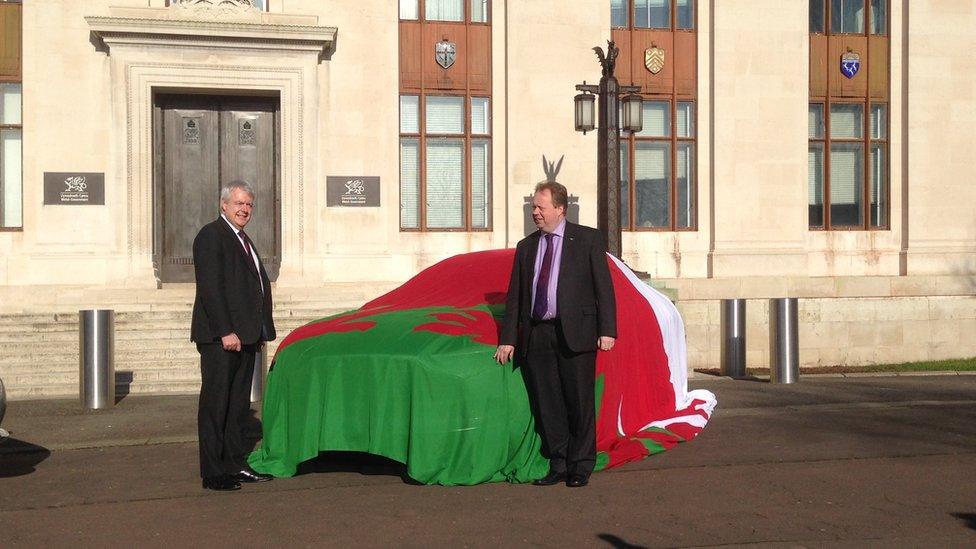
And he said he was keen to utilise the area's existing skills: "We have a wealth of craftsmanship here - it takes 200 hours to make a car and to do that we need skilled labour.
"We have got that skilled labour in Wales... and that played a big part in our decision [to come to Wales]."
Cardiff and Vale College, which has sites in Cardiff and Barry, said it saw the news as an "opportunity" for students.
Principal Mike James said: "We are very excited by this investment... it represents a fantastic opportunity for our learners to gain employment with a world-renowned, prestige company."
The college said it was working closely with the Welsh government and employers.
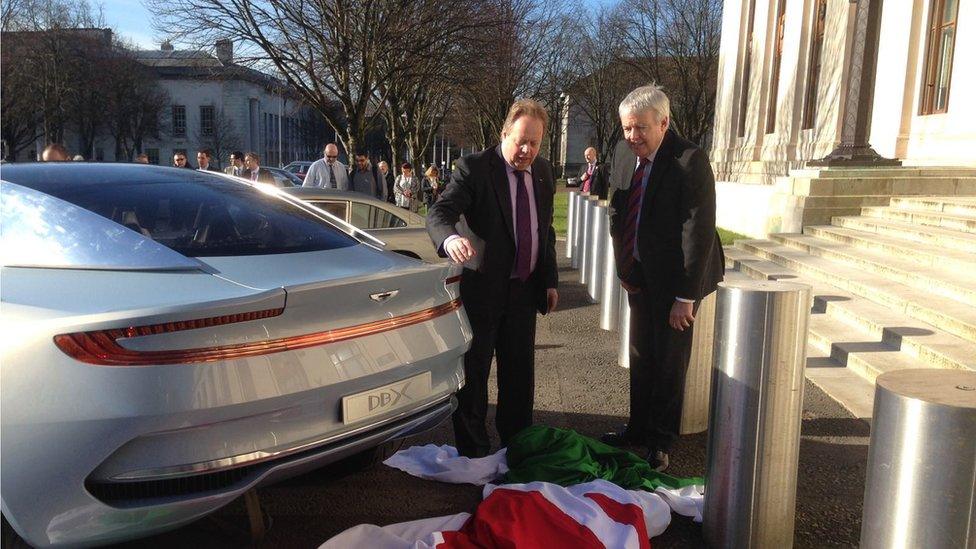
Motor industry economist Prof Garel Rhys, who is chair of the Cardiff airport and St Athan enterprise zone, external advisory board, said colleges have a big role to play: "Colleges need to make sure that they speak to Aston Martin and they will.
"Aston Martin were attracted to the location for the skills required so colleges are doing the right thing already... [they're] doing a sterling job."
Prof Rhys said Wednesday's announcement was just the start of investment in the area: "The car came around in 1888, we've got a car company for the first time ever...
"When you're waiting for a bus for a long time, damn it, if one comes along a second one turns up. So possibly we might now get a second or third car maker."
His hopes were shared by First Minister Carwyn Jones, who told the assembled press at the unveiling that any development would "not just help Aston Martin but open up the site to further development as well".
And according to Prof Rhys, the 750 Aston Martin jobs can only lead to more jobs: "Every job Aston Martin creates will create 0.8 of a job elsewhere.
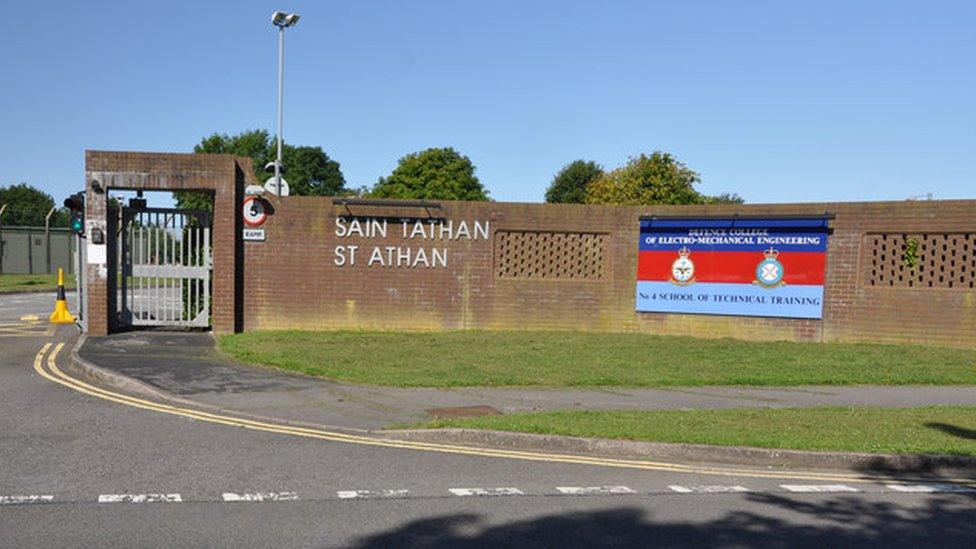
"There will be more businesses, leisure and retail services. Then they'll get to the point where they'll employ more people.
"You'll see a new school, the reopening of a post office. The knock-on effects don't happen overnight but it can take up to about six years for the whole thing to work through. "
He said Nissan's investment in Sunderland led to the creation of 27 separate companies: "And the north east of England had virtually no history in the industry."
The development will not have a big impact on the appearance of St Athan as the Aston Martin plant is going into an existing building, the super hanger, external, Prof Rhys said.
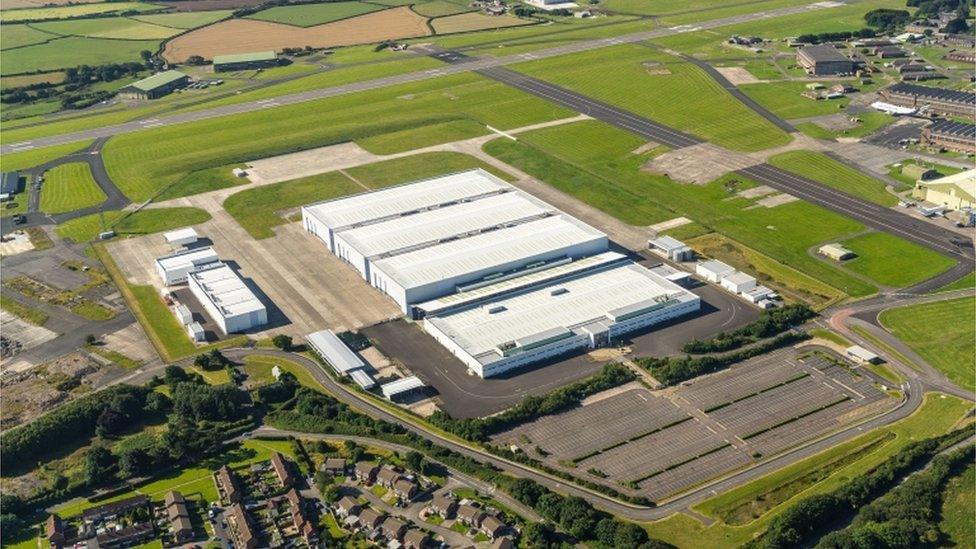
But a proposed northern access road from the B4265 between Boverton and Llanmaes traffic signal junctions was "essential" to the enterprise zone, Vale of Glamorgan council said.
New homes could also be on the cards, according to Prof Rees: "There'll be a lot of people moving into Wales from elsewhere... there will be a need for housing quite clearly and that will come down to housing authorities if the local area wants to benefit from this as much as possible.
"It'll be high quality housing as well."
Wednesday's optimism and excitement follows a spell of economic disappointment for the area.
In October 2010, a £14bn defence training academy which would have created 2,000 jobs at St Athan was scrapped as part of 8% of cuts by the UK government to the defence budget.
Then in 2012 the last RAF aircraft was repaired by the Ministry of Defence (MoD) at its St Athan base, ending 75 years of maintenance at the site.
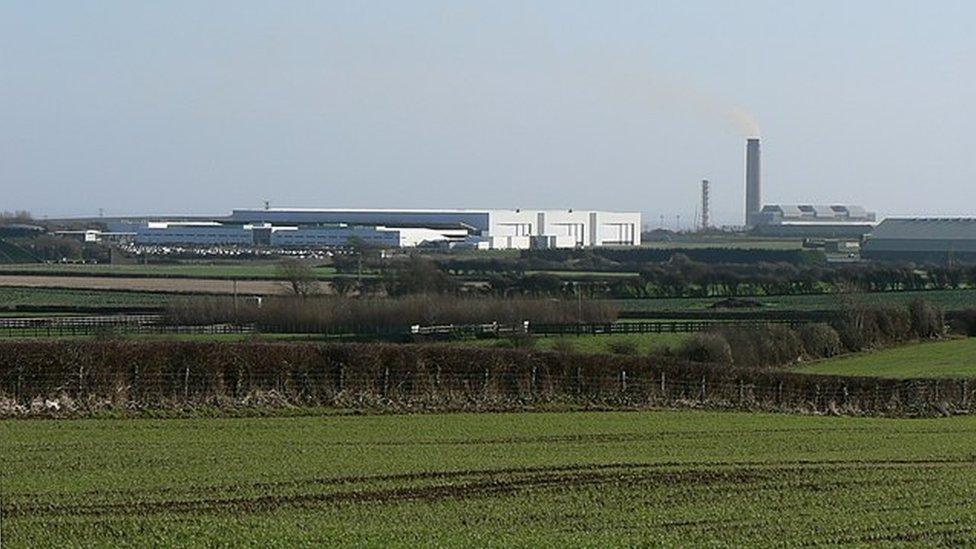
But for today the future is looking bright for the people of St Athan.
Vale of Glamorgan council leader councillor Neil Moore described the announcement as a "vote of confidence" in the area.
He added: "It marks a very significant point in the ongoing resurgence of the Vale of Glamorgan."
"It's an enormous number of jobs, " said Prof Rees.
"They're very well paid jobs. And what a fantastic brand to work for."
- Published24 February 2016

- Published24 February 2016
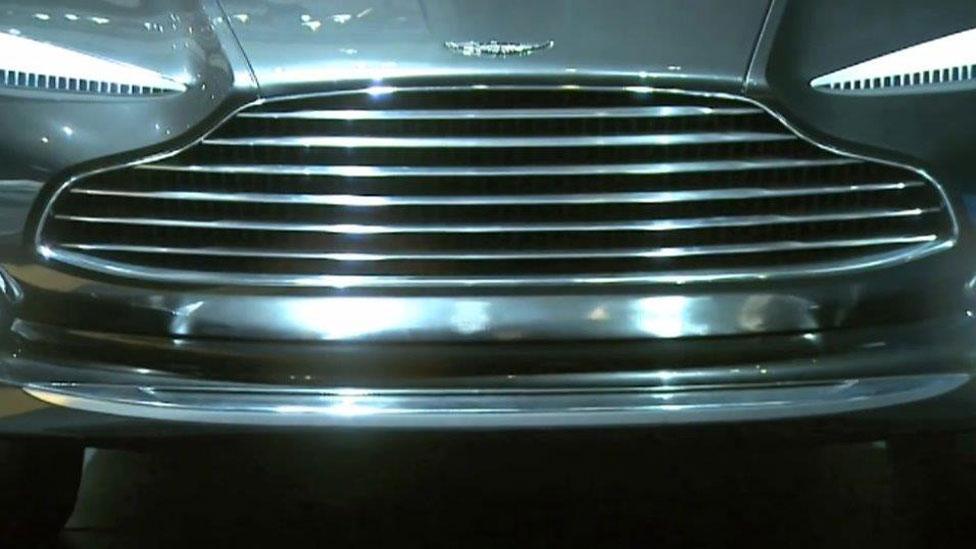
- Published3 March 2015

- Published23 July 2015
